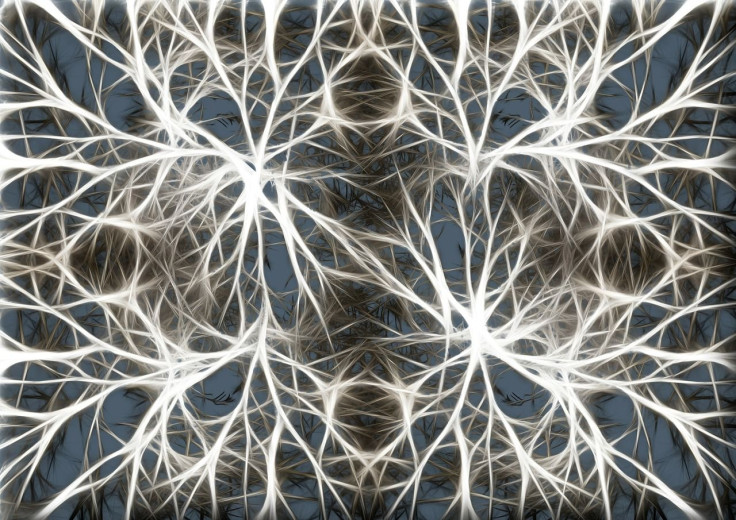Scientists Uncover Memory’s Molecular Roots

How are long-term human memories created at the molecular level?
The answer lies in proteins, specifically a group of very complex and large proteins called CaMKII (calcium-calmodulin-dependent kinase II). The multiple parts or domains of CaMKII allow it to bind actin filaments in the dendrites of neurons into bundles, thereby giving the dendrites their branch-like shape.
Dendrites are branch-like projections in a neuron, or nerve cell that receive information or signals from other neurons. Electrochemical signals transfer information from one neuron to another. These signals combine chemical signals and electric impulses.
Actin is the most abundant protein in eukaryotic cells. It gives thousands of dendrites (which each consist of billions of neurons) their resting forms. It also confers on dendrites a level of plasticity to adapt to a constant barrage of signals.
A new study into the nature of memory reveals how the structure of brain cells change when they learn something. It also shows CaMKII is key in the formation of long-term memory.
The study published in the Proceedings of the National Academy of Sciences (PNAS) gives the first clear details of how the binding sites of CaMKII act to align actin filaments into long, rigid bundles. Filaments are the structural protein vital to this process.
The study, which sought to understand how signals make their way through dendrites, was conducted by researchers at Rice University, the University of Houston (UH) and the University of Texas Health Science Center (UTHealth) at Houston.
Forming long-term memories involve interactions between three moving parts or domains: a binding protein, a structural protein and calcium. All three are part of the process where electrical signals enter neural cells and remodel the molecular structures believed to enable cognition and the storage of memories.
Researchers from the three institutions combined theories, simulations and experiments to determine how CaMKII binds and unbinds from the cytoskeleton of a neuron.
The published study gives the first clear details of how binding sites of CaMKII act to align actin filaments into long, rigid bundles. The bundles are the supporting skeletons of dendritic spines, which are the spiky protrusions that receive chemical messages through synapses from other neurons.
CaMKII is uniquely suited to interact with actin, whose molecules self-assemble into long, twisting filaments. Hydrophobic pockets between these molecules are perfectly configured to bind CaMKII.
The study showed domains lock in to three consecutive binding sites on the filament. The twists put binding sites at regular intervals to keep the proteins from piling up.
"There definitely are preliminary chemical steps involving the enzyme activity of CaMKII before you get to this stage; therefore, we don't have a completely clear picture of how to put everything together," Peter Wolynes, a theoretical physicist at Rice, said.
"But it's clear the assembly of the complex is the key step where chemistry turns into a larger-scale structure that can hold a memory."



























